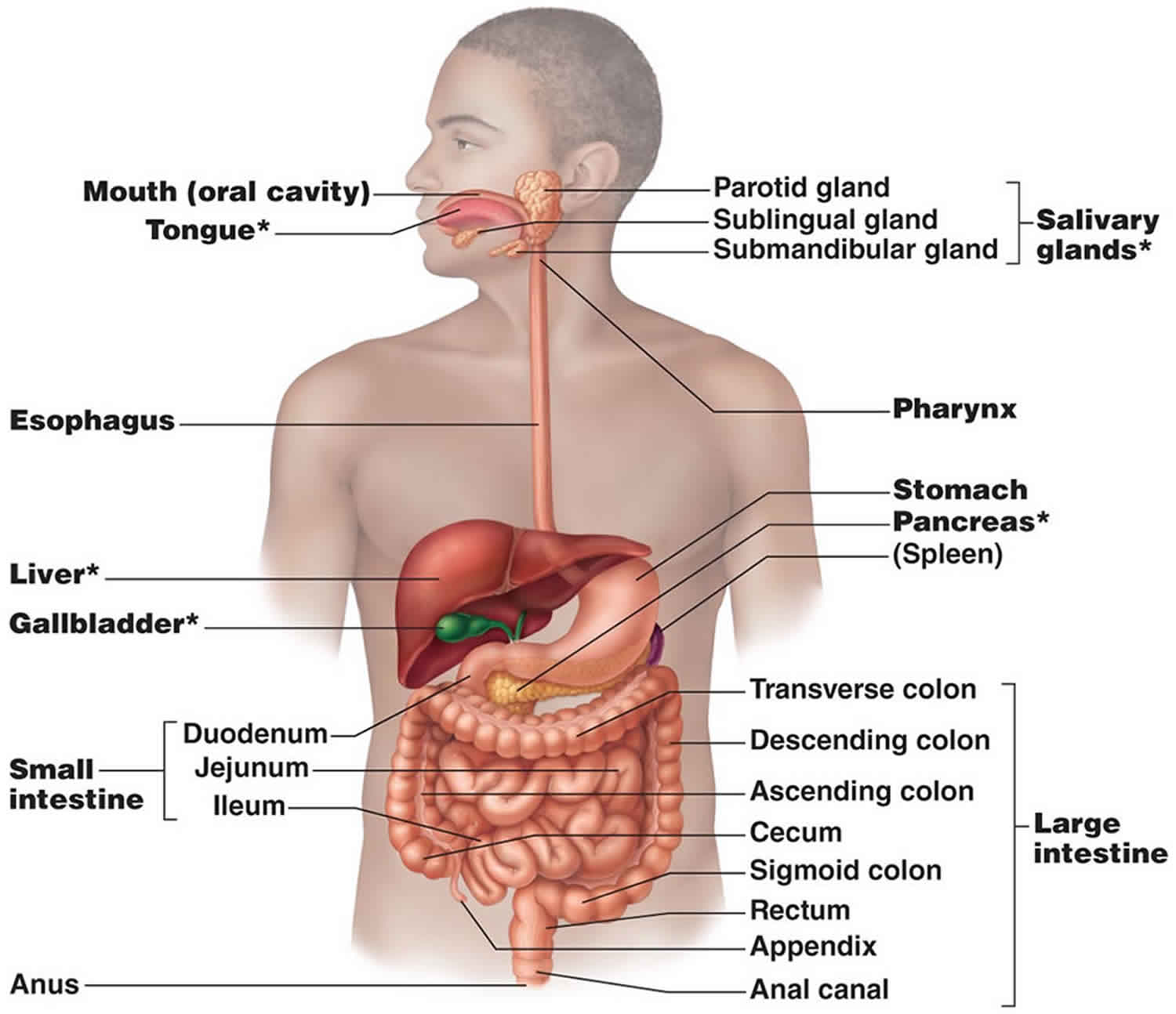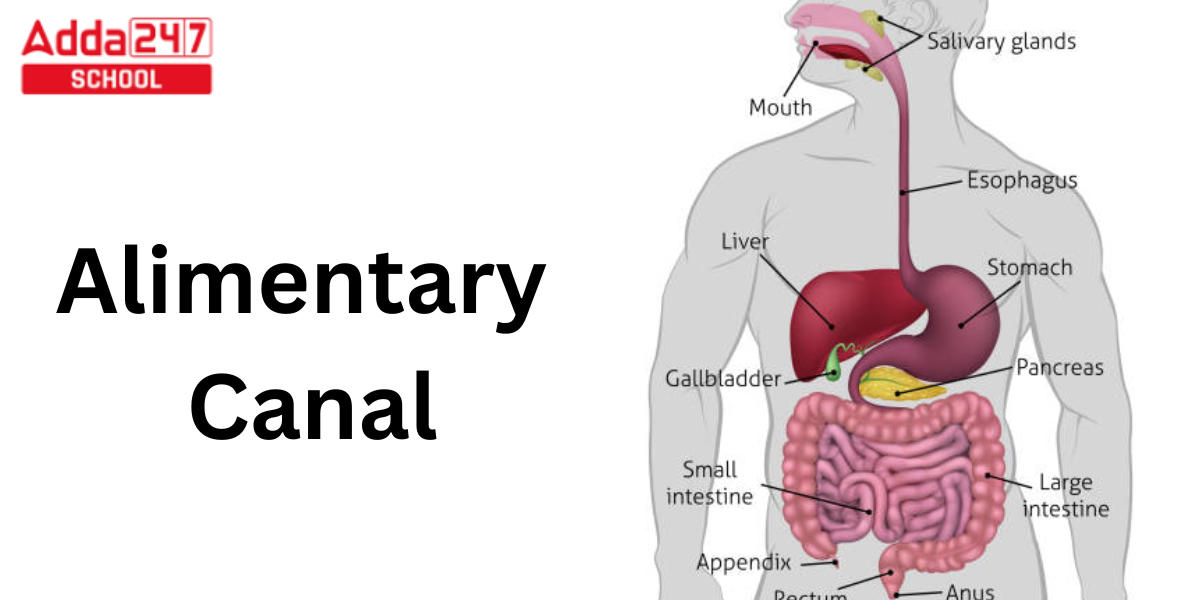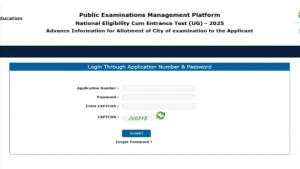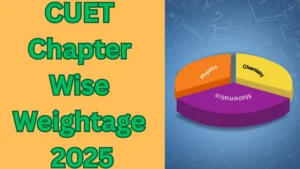Table of Contents
Alimentary Canal
The alimentary canal is typically understood to be the route taken by food as it enters our bodies and exits through the anus after being digested. It is made up of a tube-like structure that extends from the mouth to the anus. The digestive tract, which also refers to the alimentary canal, is crucial to human digestion.
Alimentary Canal Role in Digestion
The alimentary canal plays an important role in Digestion. Digestion is the process of breaking down large food particles into smaller, more easily absorbed by the blood plasma, water-soluble particles. The absorption, digestion, and disposal of food are all processes that take place throughout the body.
Layers of Retina, Physiology, Histology, Diagram, Anatomy, Anterior and Posterior
Parts of Alimentary Canal
The following are the primary parts of alimentary canal:
- Oral cavity and Mouth.
- Oesophagus
- Stomach
- Small intestines
- Large intestine
Human Eye Definition, Diagram, Structure
Human Alimentary Canal Diagram for Class 10

Structure of Alimentary Canal (Parts)
The alimentary canal and several digestive glands make up the human digestive system. A muscular tube that runs from the mouth to the anus called the alimentary canal. The mouth, pharynx, oesophagus, stomach, small intestine, large intestine, and anus make up the human digestive system.
Mouth
The initial portion of our digestive system is the mouth. The mouth is used to consume food.
Oral Cavity
The palate, tongue, and teeth are all parts of the oral cavity. The roof of the mouth is called the palate. The base of the oral cavity is linked to the muscular and glandular tongue. Tiny protrusions on the tongue’s upper surface are referred to as lingual papillae. There are three different forms of lingual papillae: circumvallate, fungiform, and filiform.
Teeth
Humans are diphyodont, meaning they have both milk or deciduous teeth as well as permanent teeth. The crown, neck, and root are the three components that make up the tooth’s structure. The tooth’s exposed crown, covered by gums in that area, is referred to as its neck, and its root is lodged in the socket of the jaw bone.
Pharynx
It serves as a conduit for both food and air. Food cannot enter the windpipe because of the epiglottis.
Oesophagus
A little bolus of food travels via this muscle tube from the mouth to the stomach. Food enters the stomach under regulation of the gastro-oesophageal sphincter.
Stomach
In the top left corner of the abdominal cavity, there is a muscular sack. Cardiac, fundus, body, and pyloric portions are its four component sections. The heart has a cardiac component nearby. The gastro-oesophageal sphincter controls how far the oesophagus opens to the stomach. The fundus is a dome-shaped organ that typically contains air. The stomach’s main component is its body. Pyloric opens in the duodenum, which is the first segment of the small intestine. The pyloric sphincter controls how far the stomach opens into the small intestine.
Small Intestine
The Duodenum, Jejunum, and Ileum make up this portion of the alimentary canal, which is the longest portion of the body. The duodenum has a C shape. Hepatopancreatic duct adds hepatic, pancreatic, and bile fluids to the diet.
The jejunum is located in the middle of the small intestine. The ileum opens into the large intestine and is tightly wound.
Large Intestine
The large intestine is connected to the small intestine. Caecum, Colon, and Rectum are its three component components. A little sac-like structure called a caecum houses symbiotic bacteria. It is connected by the vestige organ known as the vermiform appendix. Ascending, transverse, sigmoid, and descending portions make up the colon. The anus is opened by the rectum.
Body Parts Name With Pictures in English & Hindi PDF
Alimentary Canal QNAs
Ques. What are alimentary canals?
Ans. The mouth, pharynx (throat), oesophagus, stomach, small intestine, large intestine, rectum, and anus are among these organs. The digestive system includes the alimentary tract.
Ques. What are 7 alimentary canals?
Ans. The mouth, pharynx, oesophagus, stomach, small and large intestines, rectum, and anus are all parts of the alimentary tract.
Ques.What is alimentary canal and its function?
Ans. An important component of the digestive system is the alimentary canal. It is an 8 to 10 meter-long continuous muscle tube that travels throughout the body. The mouth is at the anterior end, while the anus is at the posterior end. It is open at both ends. Food digestion takes place in the alimentary canal.
Ques. Is teeth An alimentary canal?
Ans. Your teeth play a role in your digestive system. For easier swallowing and subsequent digestion, teeth break down food. The lower and upper jaws’ centre front teeth, known as the incisors, are used to cut and munch on food. In the back of the mouth, the molars grind and chew food.
Add more:
- Carbon dioxide Formula, Molar Mass and Molecular Weight
- Hydrochloric Acid Chemical Formula, Uses and Density
- Balamani Amma Biography, Age, Poems, Books And Daughter
- Freedom Fighters Of India Names List, Images & Their Contribution
- UP Scholarship 2023 Status, Last Date @Scholarship.Up.Gov.In
- 7 Continents And 5 Ocean Name List In Order Of The World
- National Symbols Of India With Names List- राष्ट्रीय चिन्ह
- Aluminium Chloride Formula-Definition, Structure, Uses, Properties



 NEET City Intimation Slip 2025 Out at ne...
NEET City Intimation Slip 2025 Out at ne...
 CUET Chapter Wise Weightage 2025 for Sci...
CUET Chapter Wise Weightage 2025 for Sci...
 [Live Update] UP Board Result 2025 Class...
[Live Update] UP Board Result 2025 Class...










